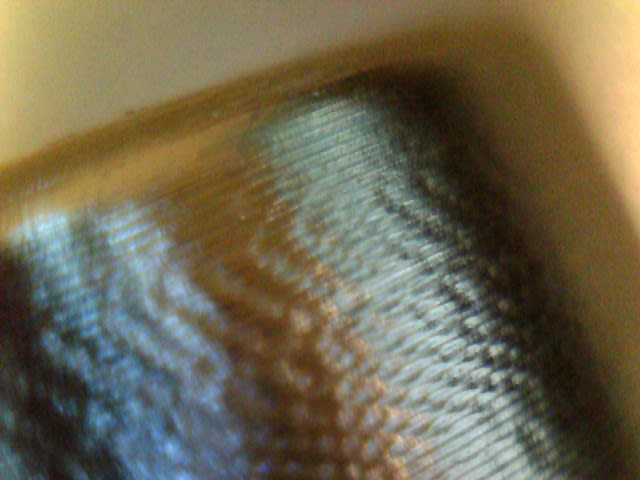MechatroPro
Mechanical
I've seen this special texture on the surface of stainless steel parts a lot, however I'm not sure what these marks are called or why they appear on the surface after the part is machined. the texture is easily felt under hand. so I'm wondering what they are and why they show up on the surface. please check the picture, the part is made of 316SS (CF8M).

